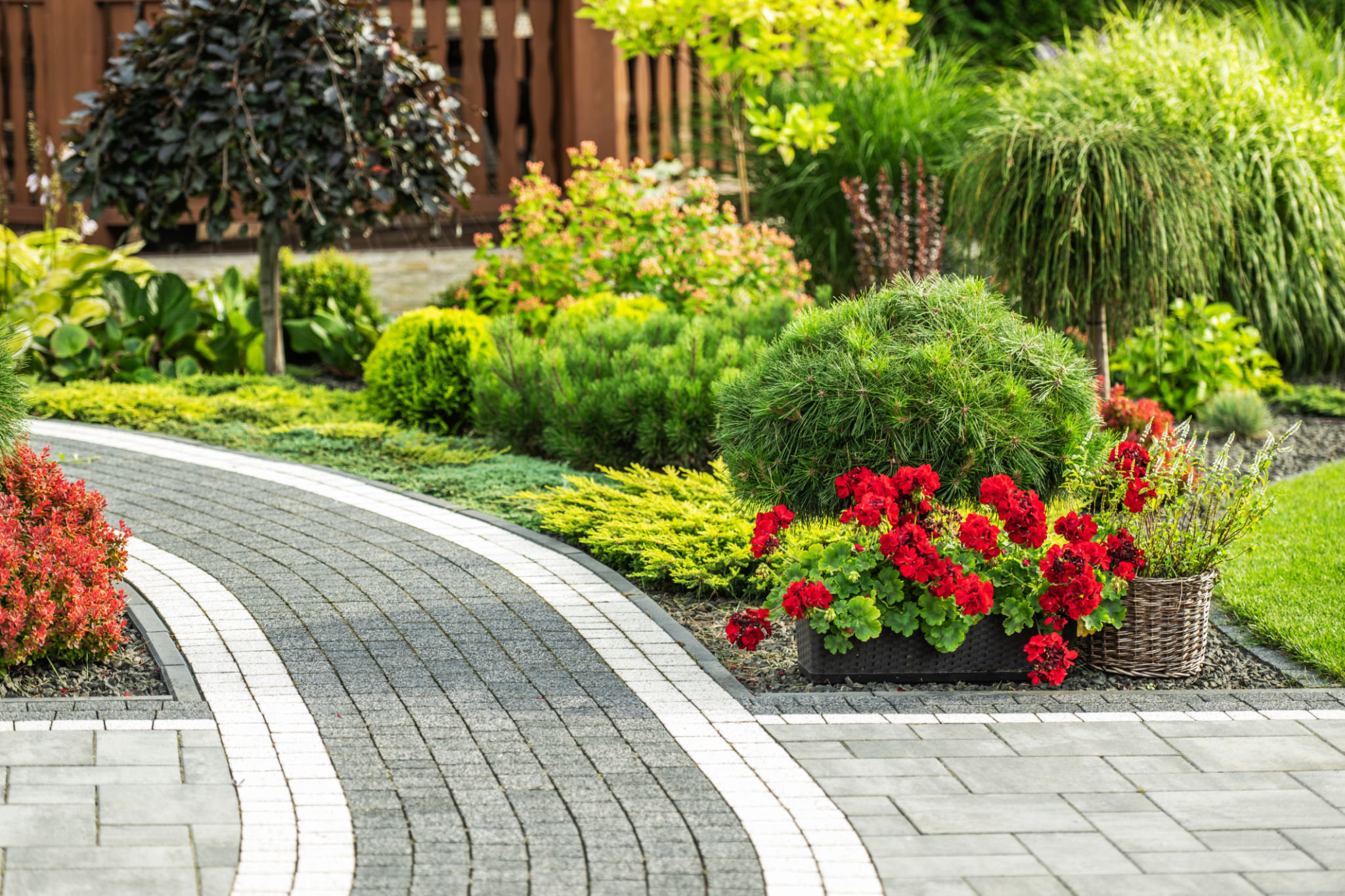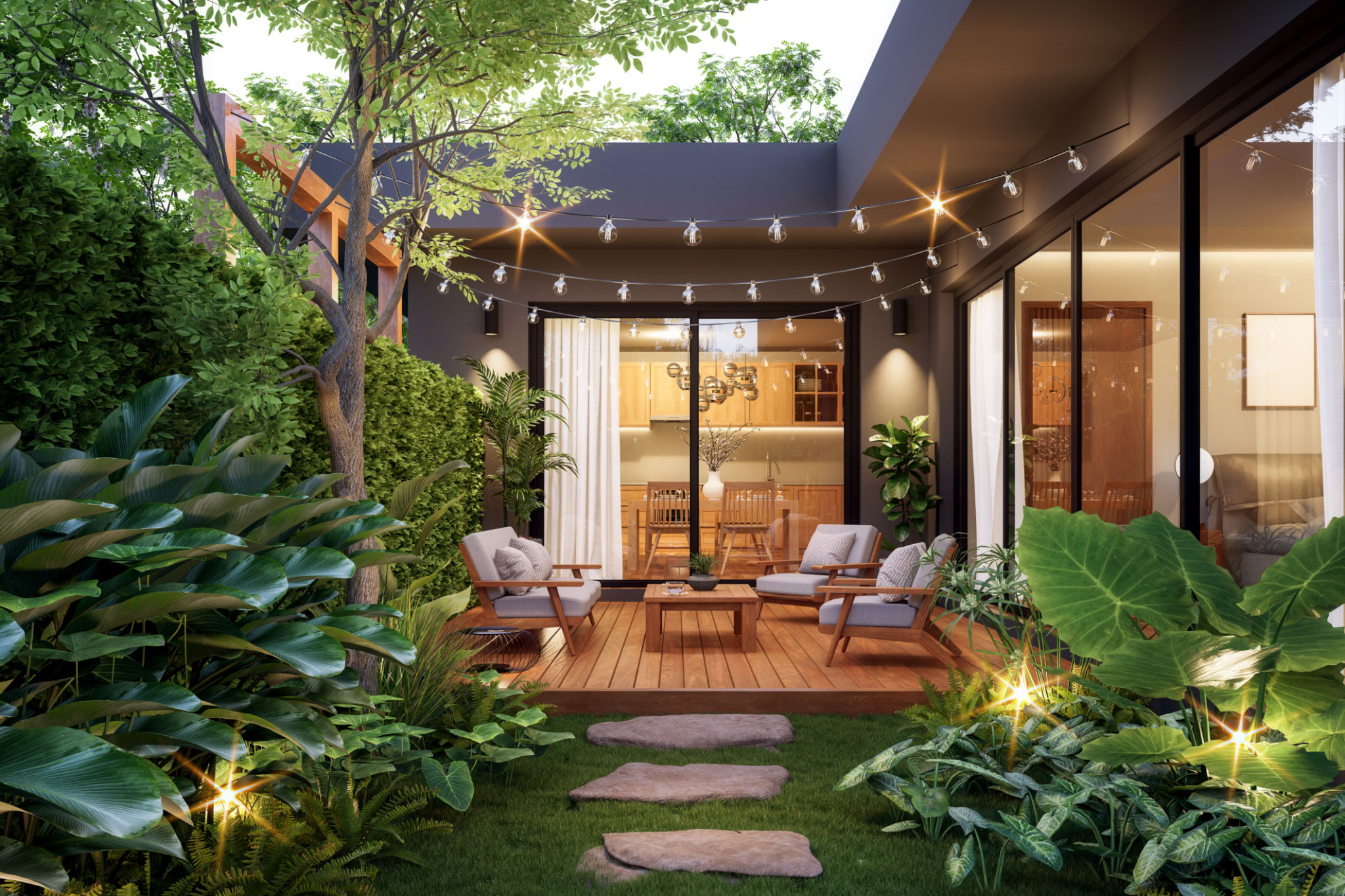Creating Beautiful Outdoor Living Spaces: A Guide to Landscaping Architecture
Introduction to Outdoor Living Spaces
Creating beautiful outdoor living spaces is an art that combines nature with architecture, transforming ordinary backyards into extraordinary retreats. Landscaping architecture is not just about planting a few trees and shrubs; it's about designing an environment that enhances your lifestyle and reflects your personal taste. Whether you have a sprawling garden or a compact patio, there are myriad ways to make the most out of your outdoor area.

Understanding the Basics of Landscaping Architecture
Landscaping architecture involves planning, designing, and managing outdoor spaces. It blends science and art to create functional, sustainable, and aesthetically pleasing environments. The key elements of landscaping architecture include hardscaping, softscaping, lighting, and water features. By understanding these components, you can create a harmonious balance between the natural and built environments.
Hardscaping
Hardscaping refers to the non-living elements of landscaping, such as patios, walkways, and retaining walls. These structures provide form and function to your outdoor space. When designing hardscapes, consider the materials' durability, aesthetics, and how they complement the surrounding natural features. Popular materials include stone, brick, concrete, and wood.

Softscaping
Softscaping involves the living elements of landscaping, such as plants, trees, and flowers. The choice of greenery should align with your climate, soil conditions, and personal preferences. Incorporating a mix of perennials, annuals, shrubs, and trees can add depth and color to your space throughout the year. Be mindful of plant placement to ensure they thrive in their designated spots.
Incorporating Water Features
Water features can elevate the aesthetic appeal of your outdoor living space. From serene ponds to cascading waterfalls and elegant fountains, these elements introduce movement and sound that enhance relaxation. When planning water features, consider their scale in relation to your space and the maintenance required. Proper filtration and circulation are crucial for keeping water features clean and healthy.

Outdoor Lighting
Lighting plays a vital role in setting the mood of your landscape during the evening hours. Well-placed lights can highlight architectural features, illuminate pathways, and create a warm ambiance. Consider incorporating solar-powered or LED lights for energy efficiency. Use a combination of spotlights, fairy lights, and lanterns to achieve diverse lighting effects.
Designing for Functionality
A well-designed outdoor space is not only beautiful but also functional. Think about how you will use the space—whether it's for entertaining guests, dining al fresco, or simply relaxing with a book. Create designated areas for different activities and ensure there's enough seating and shade where needed. Use furniture that complements your landscape design while offering comfort and durability.

Maintaining Your Outdoor Space
Once your landscape is complete, regular maintenance is essential to keep it looking pristine. This includes tasks such as mowing the lawn, pruning plants, cleaning water features, and checking lighting fixtures. Establishing a seasonal maintenance schedule can help you stay on top of these duties without feeling overwhelmed.
Conclusion
Creating beautiful outdoor living spaces through landscaping architecture is an exciting journey that enhances your home's value and livability. By carefully considering elements like hardscaping, softscaping, water features, and lighting, you can craft an outdoor oasis that reflects your style and meets your needs. With thoughtful planning and regular upkeep, your outdoor space can become a cherished area for relaxation and social gatherings year-round.
